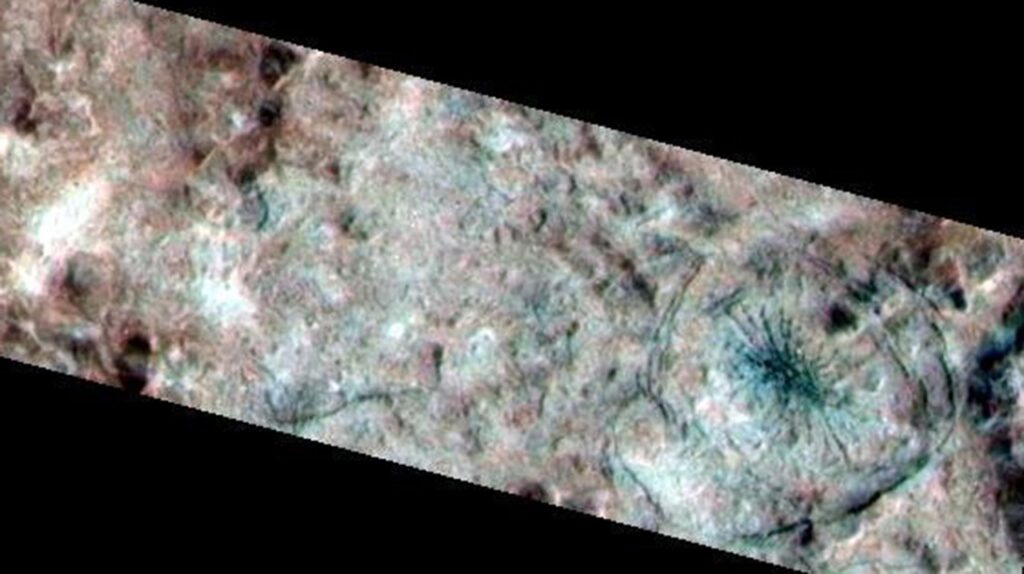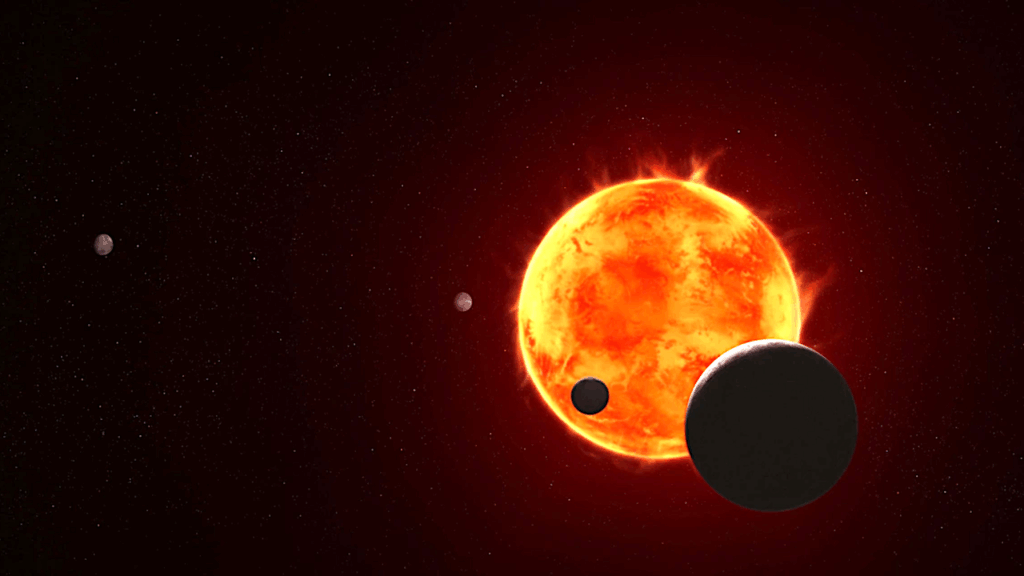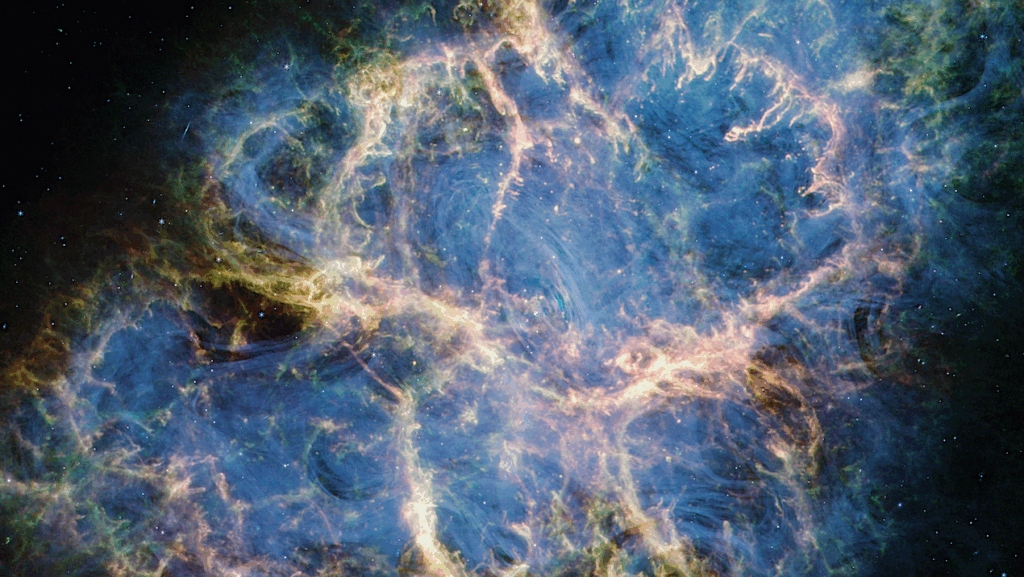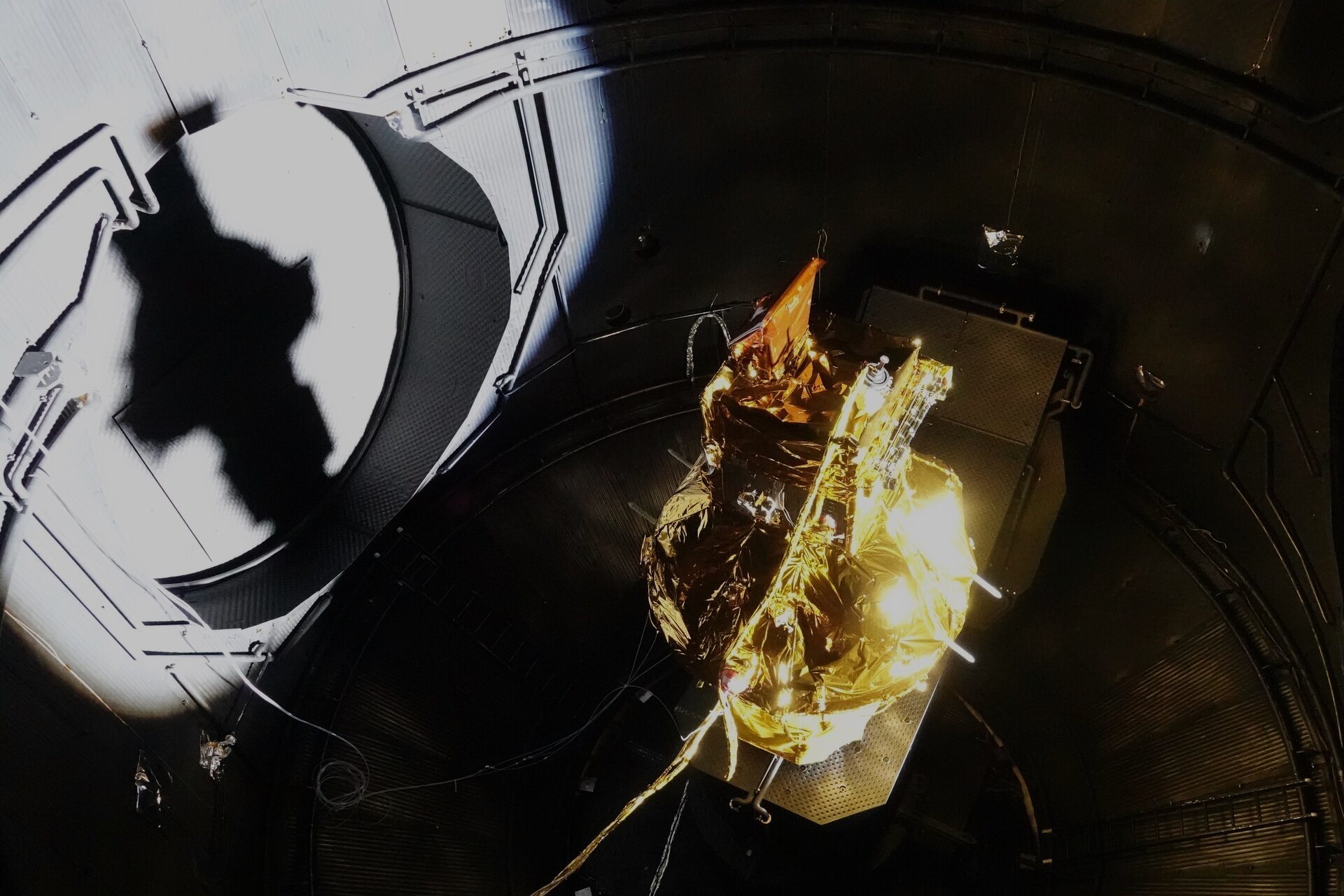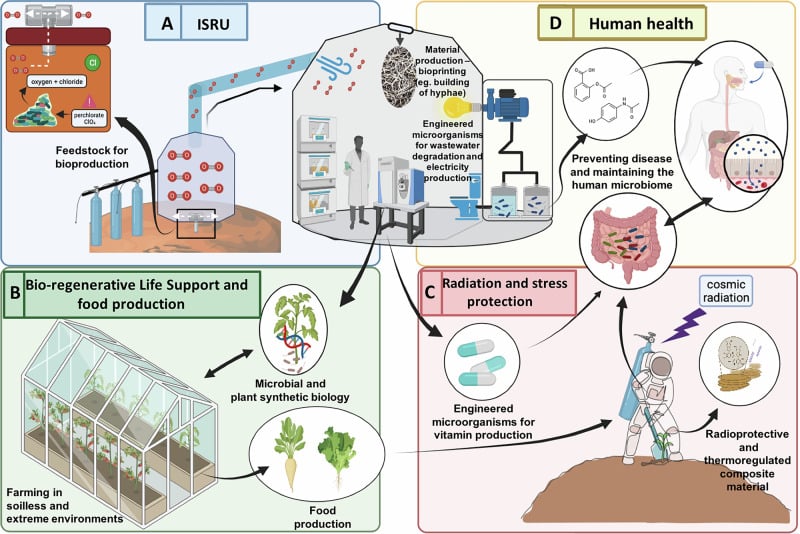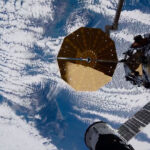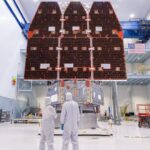Now Reading: Hundreds Of TESS Exoplanets Might Be Larger Than We Thought
-
01
Hundreds Of TESS Exoplanets Might Be Larger Than We Thought
Hundreds Of TESS Exoplanets Might Be Larger Than We Thought


Planet M–R and mass–density distributions of literature and TGLC-fitted values. (a) M–R distribution of small TESS planets. (b) Mass–density distribution of small TESS planets. Both panels include the high-precision planet sample with TESS-free literature values (gray diamond) and TESS-dependent TGLC-fitted values (black empty circle). The error bars represent 1σ Gaussian standard deviations. For each TESS-dependent TGLC-fitted value, a line connects it to the corresponding literature value, where the color of the line shows whether it increased (green) or decreased (orange) from the literature value. We also include theoretical models of planet compositions for the Earth-like (red), water worlds (blue), and rocky planets with atmospheres (brown). The last model accounts for the boil-off initial conditions (solid brown) and a range of agnostic initial conditions (region between dashed brown). Earth and Neptune are included for reference. — The Astrophysical Journal Letters
In new research, University of California, Irvine astronomers describe how more than 200 known exoplanets are likely much larger than previously thought. It’s a finding that could change which distant worlds researchers consider potential harbors for extraterrestrial life.
“We found that hundreds of exoplanets are larger than they appear, and that shifts our understanding of exoplanets on a large scale,” said Te Han, a doctoral student at UC Irvine and lead author of the new Astrophysical Journal Letters study. “This means we may have actually found fewer Earth-like planets so far than we thought.”
Astronomers can’t observe exoplanets directly. They have to wait for a planet to pass in front of its host star, and then they measure the very subtle drop in light emanating from a star. “We’re basically measuring the shadow of the planet,” said Paul Robertson, UC Irvine professor of astronomy and study co-author.
Han’s team studied observations of hundreds of exoplanets observed by NASA’s Transiting Exoplanet Survey Satellite, and they found that light from neighboring stars can “contaminate” the light of a star an astronomer is studying. This can make any planet that’s passing in front of a star appear smaller than it truly is, because smaller planets block less light than bigger planets.
Han assembled hundreds of studies describing exoplanets discovered by the TESS mission, and he sorted the planets according to how various research teams measured the radii of exoplanets so he could estimate with the help of a computer model the degree to which those measurements were biased because of light contamination from neighboring stars. The team used observations from another satellite mission called Gaia to help them estimate just how much light contamination is affecting TESS’ observations.
“TESS data are contaminated, which Te’s custom model corrects better than anyone else in the field,” said Robertson. “What we find in this study is that these planets may systematically be larger than we initially thought. It raises the question: Just how common are Earth-sized planets?”
The number of exoplanets thought to be similar in size to Earth was already small. “Of the single-planet systems discovered by TESS so far, only three were thought to be similar to Earth in their composition,” said Han. “With this new finding, all of them are actually bigger than we thought.”
That means that, rather than being rocky planets like Earth, the planets are more likely so-called “water worlds,” planets covered by one giant ocean that tend to be larger than Earth – or even larger, gaseous planets like Uranus or Neptune. This could impact the search for life on distant planets, because while water worlds may harbor life, they may also lack the same kinds of features that help life flourish on planets like Earth.
“This has important implications for our understanding of exoplanets, including among other things prioritization for follow-up observations with the James Webb Space Telescope, and the controversial existence of a galactic population of water worlds,” said Roberston.
Next, Han and his team plan to use the new data to start reexamining planets previously thought uninhabitable due to their size and to also let other researchers know to exercise caution when interpreting data from satellites like TESS.
This research was supported in part by funding from NASA.
Hundreds of TESS Exoplanets Might Be Larger than We Thought, The Astrophysical Journal Letters
Astrobiology,
Stay Informed With the Latest & Most Important News
Previous Post
Next Post
-
 012024 in Review: Highlights from NASA in Silicon Valley
012024 in Review: Highlights from NASA in Silicon Valley -
 02Panasonic Leica Summilux DG 15mm f/1.7 ASPH review
02Panasonic Leica Summilux DG 15mm f/1.7 ASPH review -
 03How New NASA, India Earth Satellite NISAR Will See Earth
03How New NASA, India Earth Satellite NISAR Will See Earth -
 04And Thus Begins A New Year For Life On Earth
04And Thus Begins A New Year For Life On Earth -
 05Astronomy Activation Ambassadors: A New Era
05Astronomy Activation Ambassadors: A New Era -
06SpaceX launch surge helps set new global launch record in 2024
-
 07From Polymerization-Enabled Folding and Assembly to Chemical Evolution: Key Processes for Emergence of Functional Polymers in the Origin of Life
07From Polymerization-Enabled Folding and Assembly to Chemical Evolution: Key Processes for Emergence of Functional Polymers in the Origin of Life












